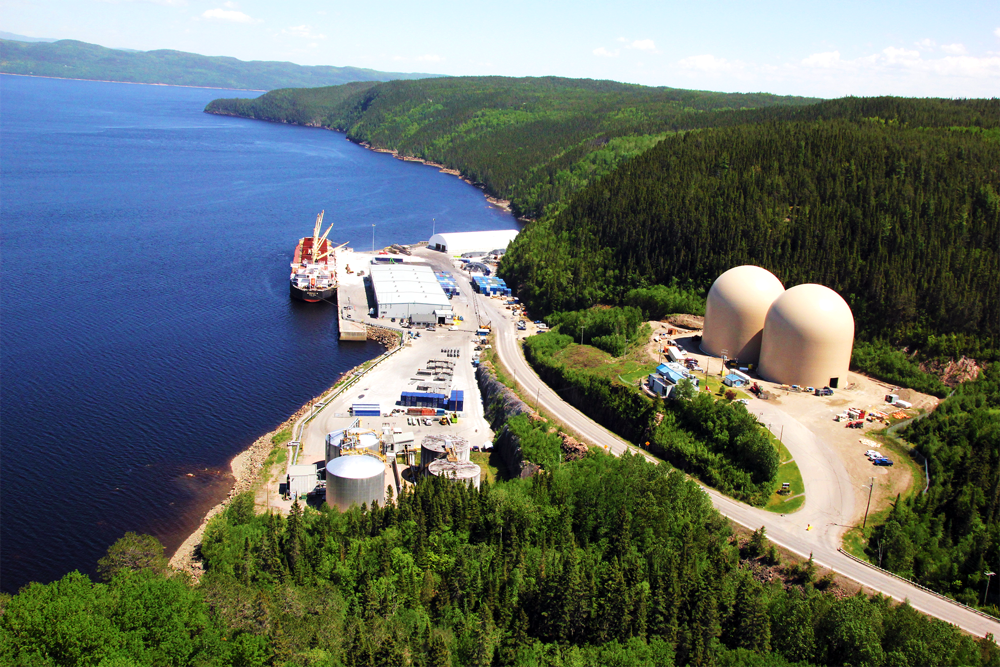After originally backing the massive undertaking in the Saguenay region, the Legault government has rejected the $14 billion GNL Québec project in the wake of widespread opposition.
The decision was announced late Wednesday by Environment Minister Benoit Charette who remarked that “this project has more disadvantages than advantages” and was economically “risky.” In this regard, analysts have noted that a number of costly LNG projects in North America have recently been pushed back amidst weakening global demand.
Mr. Charette sought to reassure people in the Saguenay region that “other projects being discussed” could bring jobs.
The government’s decision effectively kills a project that would have involved the construction of a 782-km pipeline from Northern Ontario carrying natural gas from Western Canada to the Port of Saguenay for shipment by tankers to overseas markets. Other main features involved were the construction of an LNG liquefaction plant, a marine terminal and storage facilities in the port zone on the Saguenay River. The overall goal was to export some 11 million tonnes of LNG to Asia and Europe for up to 50 years.
While the decision was restricted to the building of the LNG plant, Mr. Charette admitted that without this facility it was highly unlikely the pipeline would go ahead as well.
A coalition of environmental groups, including Greenpeace Canada and Equiterre, hailed the decision as “a great people-powered victory over the fossil-fuel industry.”
Throughout the long debate on the issue, GNL Quebec had argued the project would in fact reduce the spread of greenhouse gas emissions because it would replace more polluting sources of energy.
Incidentally, according to the International Energy Agency, global emissions are expected to reach an all-time high, according to a new analysis by the world organization made up of 30 of the world’s major nations. The analysis reveals that the money, both public and private, mobilized around the world by pandemic-focused economic stimulus packages is well below what is needed to meet international climate goals.
All opposition parties in the National Assembly opposed the project that had also lost much support from major financial backers, including Berkshire Hathaway which abandoned a $4 billion investment in March 2020.
In March of this year, the Bureau d’audiences publiques sur l’environnement (BAPE) echoed the concerns of a host of regional environmental activists and underlined the substantial risks that the increased maritime traffic would pose for the marine mammals in the St. Lawrence Estuary.
BAPE said it was unable to conclude that the project enjoyed social acceptability, a virtual precondition for final government approval.
In addition, it challenged the assertion by the project’s backers that it would generate a net reduction in greenhouse gas emissions. Rather, the extraction and liquefaction operations would generate some 7.8 million tonnes of carbon dioxide per year – in effect wiping out in one year all gains to reduce GHG emissions in Québec since 1990.
In June, a federal agency determined that the project threatened the beluga whale population in the Saguenay River. And last week, three Innu communities voiced their opposition due to the project’s negative impact on the environment. (Photo Port of Saguenay)





